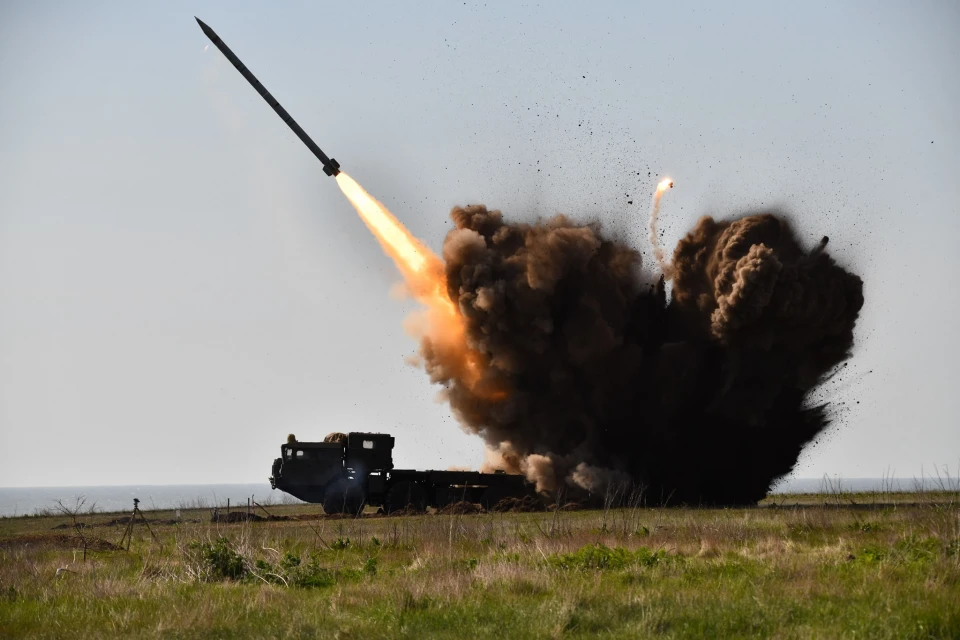
Ukrainian Vilkha-M missile system: technical characteristics, combat application and advantages over HIMARS
Russian aggression has pushed Ukraine to develop its own defense industry. Ukrainian designs are already being used at the front and are of interest to potential foreign buyers. For example, the Ukrainian Vilkha missile system has already been manufactured for the UAE, and Egypt, Saudi Arabia, and Kuwait have shown interest in it
Espreso provides comprehensive coverage of the Vilkha-M system, delving into its development, technical specifications, and its deployment on the frontlines.
History of development
The Ukrainian tactical missile system Vilkha was developed on the basis of the Soviet 9K58 Smerch MLRS. The development of this system involved the collaboration of around fifteen Ukrainian defense industry enterprises, with the Luch Design Bureau serving as the primary executor of the project under a state contract.
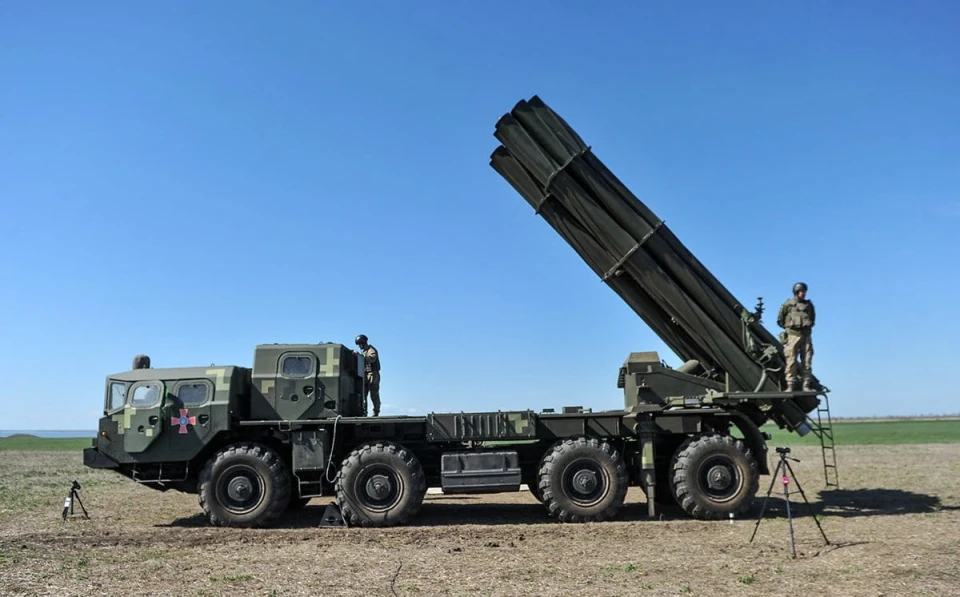
The Vilkha project was initially announced in January 2016 by then-President of Ukraine, Petro Poroshenko, during a National Security and Defense Council meeting. The project's objectives included the development of both a missile and a complete missile system. The initial missile tests were conducted in the spring of 2016, followed by subsequent tests in the summer of the same year at a testing facility near Odesa. During this period, it was already confirmed that the Vilkha MLRS would be equipped with a 300-mm guided missile, which could serve various purposes, including the destruction of ground targets and engaging waterborne targets. At that time, Defense Express CEO, Sergiy Zgurets, provided commentary on the test.
"The range capabilities of the Vilkha system position it as a potential replacement for the Tochka tactical missile system in the near future. Moreover, the Vilkha boasts significantly improved accuracy compared to the Tochka. All components used in the production of Vilkha are domestically sourced, including a new control system, novel rocket fuel, and a new warhead. A standout feature of the Vilkha system is its missile control system, which facilitates flight correction through impulse engines, enhancing precision and effectiveness," the expert wrote.
The final firing tests took place in the spring of 2018, the same year the system took part in the Independence Day parade and was adopted by the Ukrainian army.
Modernization of the Vilkha system and its variants
In the spring of 2019, tests of a modernized version of the Vilkha-M missile system began. The new missile system differs from the previous version in terms of increased accuracy and a longer range - the missiles are capable of accurately hitting targets at a distance of about 130 km. The missiles are capable of carrying different warheads depending on their purpose. For example, the Ukrainian Military Portal reported on the testing of the Vilkha-R missile with a cluster warhead.
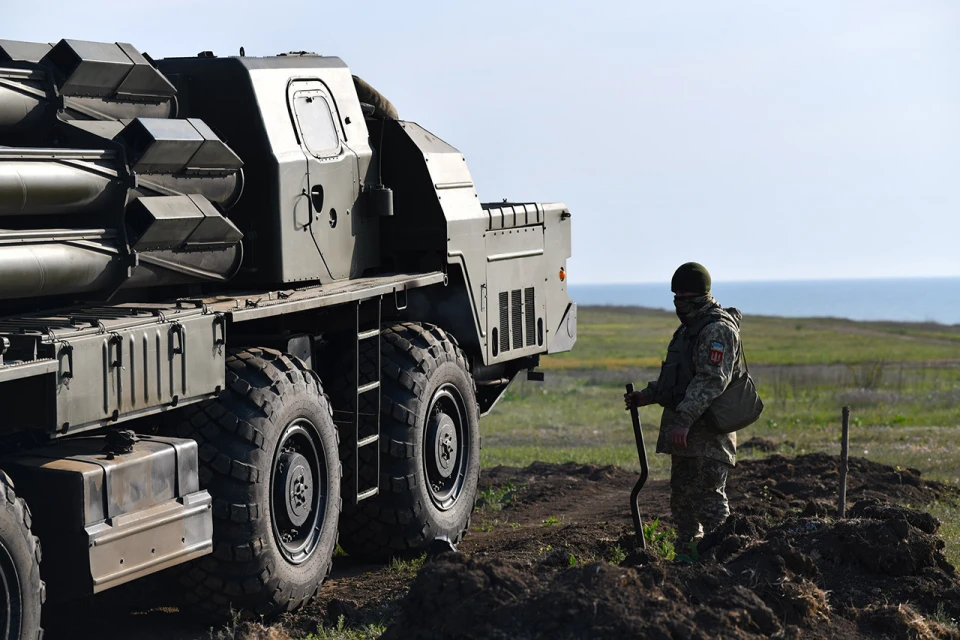
In December 2019, during a test of the Vilkha-M system involving missile launches over 100 kilometers, the circular deviation was under 30 meters. Subsequent firing tests in April 2020 further improved accuracy, with errors not exceeding 15 meters. Just two months before the full-scale invasion, Oleh Korostelov, Director General of the Luch Design Bureau, highlighted that Ukraine's R624M Vilkha-M missile testing was nearly finalized. According to him, this upgraded version is capable of striking targets at a range of up to 110 kilometers and can be launched from modified Smerch MLRS launchers. These modified launchers are compatible with both Soviet rockets and the initial version of Vilkha missiles, which had a range of up to 70 kilometers.
"I think that in the first quarter of next year we will put into service a missile that flies almost twice as far. In the future, I hope our domestic customer will order this long-range missile," Korostylov said.
On February 28, 2023, the First Deputy Chairman of the National Association of the Defense Industry of Ukraine, Ivan Vinnyk, announced the launch of production of Vilkha high-precision missiles. Manufacturers also said they plan to modify the Vilkha-M to increase its range to 150 km.
According to Vinnyk, the missiles' high accuracy is ensured by the use of so-called "gas-dynamic rudders" - dozens of small transverse rocket engines. They help to correct the direction of the missile's flight using a GPS signal. If the range is increased, the Vilkha-M will have the same range as the GLSDB precision-guided bomb ordered by the United States, but with a much larger warhead and much higher kinetic energy.
Vilkha-M: features and specifications
Each Vilkha launcher has 12 missiles, each missile carries a warhead weighing up to 250 kg and is guided separately from the others. The weight of the missile itself is 800-1000 kg. Lighter missiles have been developed for modernized versions with a longer range.
A notable aspect of this system is its missile control mechanism, which relies on impulse engines for flight correction. Upon launch, a missile departs from the launch tube at a speed of approximately 30 meters per second, which is insufficient for aerodynamic control. Consequently, after exiting the launch tube, the missile is stabilized through the activation of 90 small disposable jet engines, strategically arranged in multiple rows around the control unit. These engines are all triggered within a matter of seconds, as detailed by military expert Serhiy Zgurets.
The middle part of the missile's trajectory is uncontrollable, and in the third and final part of the flight, when the missile begins to descend, the aerodynamic rudders open in front of the missile. The control system integrates signals from the global navigation system and the missile is guided until it hits the target. A salvo of 12 missiles is fired in 48 seconds.
In 2021, the press service of Spetsoboronmash, a state-owned arms manufacturer, announced their successful adoption of vacuum lump-filling technology. This innovative method significantly enhances the destructive power of new ammunition by achieving the densest possible explosive filling. This breakthrough now equips the state-owned enterprise with the technical capacity to engage in serial production of warheads for precision-guided Vilkha missiles, Neptune anti-ship missiles, and new aircraft bombs, among other advanced weaponry.
The main tactical and technical characteristics of the missile and launcher are as follows:
- Missile weight - about 800 kg,
- Type of warhead - high explosive, cluster, etc,
- Warhead weight - 250 kg (Vilkha), 170 kg (Vilkha-M, Vilkha-M2),
- Maximum range - up to 70 km (Vilkha), up to 130 km (Vilkha-M), up to 200 km (Vilkha-M2),
- Circumferential probable deviation - approx. 10 m (up to 30 m at a range of more than 100 km, for Vilkha-M),
- Full volley - 48 seconds,
- Fuel - solid.
There are the following variants of missiles for Vilkha:
- Vilkha (product P624) is a basic version with a 250 kg warhead and a range of up to 70 km,
- Vilkha-M - a version with a 170 kg warhead and a range of up to 130 km,
- Vilkha-M1 - there are two versions: with a warhead weighing 170 kg and a range of 140 and 154 km; with a warhead weighing 236 kg and a range of 108 and 121 km,
- Vilkha-M2 - there are two versions of the R624M-2 guided missile with a warhead weight of 170 kg and a range of 141 and 202 km,
- Vilkha-R - a version with a cluster warhead.
Further improvements are planned to be implemented using rocket fuel modified at the Pavlohrad Chemical Plant. It allows to increase in the weight of the fuel charge by 6%. This will increase the thrust impulse by 18% and potentially lead to a 40% increase in the flight range for each of the Vilkha product variants. This will significantly increase the range of all missile modifications of the complex. Even the conventional Vilkha with the new fuel will be able to fly over 100 km, and 5 missile variants (M, M-1 and M-2) will have a range of over 200 km.
Use of Vilkha MLRS in the war against Russia
As of the beginning of 2020, a total of 98 Vilkha products had been delivered. Additionally, an order for R624 rockets from the Luch State Design Bureau was placed for the year 2021, with a quantity specified as "a hundred" units. However, during a meeting with bloggers, the then Commander-in-Chief of the Armed Forces of Ukraine, Colonel General Ruslan Khomchak, explained the absence of Ukrainian high-precision missiles in the state order. He clarified that, after assessing the highest-priority areas, certain weapons, including the Vilkha missile, were not included in the State Defense Order (SDO) due to prioritization.
"Last year, upon assuming office, I stated our commitment to addressing the requirements of our troops. It's about what the troops on the ground need, not the military-industrial complex, and there's a significant distinction between the two. The ongoing conflict in Donbas demands specific resources for our units. I'm sharing this with you because I currently have 98 Vilkha missiles in my warehouses that are not being utilized in the ongoing conflict. I have communicated to you what we urgently need for this war, where lives are at stake. This is my request: prioritize providing these essential resources first, and then consider the Vilkha missiles," Khomchak said.
However, following the start of the large-scale invasion, Ukrainian high-precision Vilkha missiles were promptly deployed against the occupying forces. The Luch Design Bureau reported that within the first week, Ukrainian Vilkha MLRS struck the enemy approximately 50 times. The statement confirmed the destruction of numerous armored vehicles, air defense systems, electronic warfare equipment, and mobile command posts.
The Ukrainian military portal assumed that all stocks of missiles, which were produced in small quantities, were exhausted during the first months of hostilities, as reports of their use disappeared for a period of time. But in 2023, evidence began to emerge again that the Ukrainian Armed Forces were using high-precision corrected Vilkha missiles against Russian strategic targets in the deep rear.
"For example, in March 2023, a photo of a missile part allegedly found near Donetsk appeared, which can be accurately verified as a Vilkha due to its characteristic gas-dynamic rudders. The fact that the photo was taken by civilians and in the winter season adds to its credibility. In addition, local residents of Belgorod have previously published numerous photos of the wreckage of downed unknown missiles, which resemble parts of missiles from 300mm Smerch MLRS or Vilkha missiles developed on their basis in diameter, body thickness, and color," Militarnyi writes.
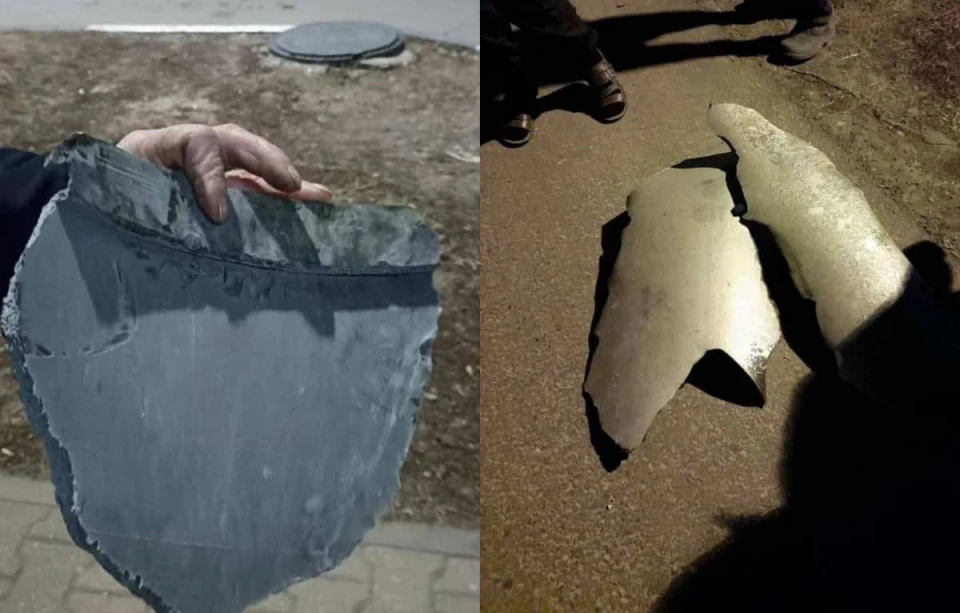
Defense Express emphasizes that a successful strike with the Vilkha could have been one of the prerequisites for the Ukrainian Armed Forces' counteroffensive in the Kharkiv region in 2022. Missile and artillery units of the Ukrainian Armed Forces literally wiped out a large ammunition depot of the Russian army in the then-occupied Kupyansk. The destroyed facility was important for the entire "Izyum" group of Russian troops, so in mid-September, they had to retreat. Analysts write that in August 2022, the Armed Forces of Ukraine did not yet have HIMARS or M270, so either the Tochka-U or the Vilkha complex was probably used for the strike.
Prospects for Vilkha-M
Ivan Vinnyk, Deputy Chairman of the National Defense Industry Association of Ukraine, told the War Zone that Ukraine uses guided missiles of its own production with a longer range than HIMARS.
While Ukrainian defenders typically do not disclose the specific weapons used against Russian troop positions, observers often attempt to identify the origins of the missiles employed. For instance, on June 23, 2023, the Armed Forces of Ukraine targeted the base of the Russian forces in the temporarily occupied area of Henichesk. The strike hit a facility situated on the city's outskirts, nearly 119 kilometers away from the front line. This suggests that either French-British Storm Shadow cruise missiles or Ukrainian Vilkha-M missiles with a range of 150 kilometers were utilized in the operation.
The Chonhar Bridge in Crimea was destroyed the day before, resulting in substantial damage to the infrastructure, including holes up to two meters in size that penetrated part of the roadway. Notably, this bridge is situated 128 kilometers away from the nearest point of the combat line, which makes it unlikely that HIMARS, with a range of no more than 84 kilometers, was used in the attack. Furthermore, if Storm Shadow cruise missiles (with a 450 kg warhead) had been employed, the damage would have been even more severe. Therefore, it is probable that the bridge was targeted and destroyed by Ukrainian Vilkha-M missiles, featuring a 170 kg warhead and an extended range of 150 kilometers.
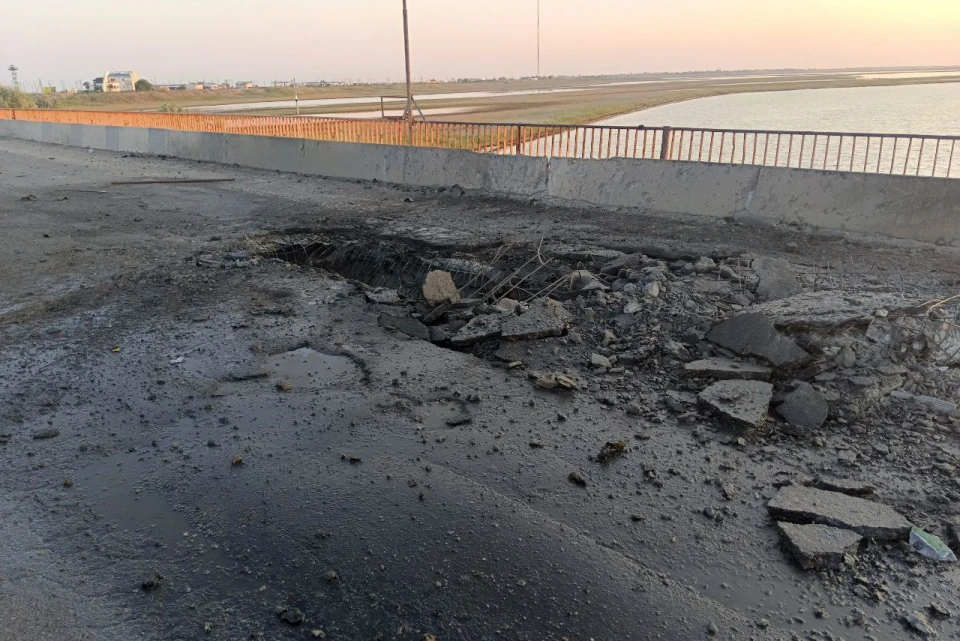
Targets around occupied Mariupol were also struck in the winter. This city is located more than 80 kilometers from the nearest point of the combat line. Therefore, HIMARS was definitely not used here, and observers are inclined to believe that it was Vilkha-M.
Colonel of the Ukrainian Armed Forces Reserve and military expert Serhiy Hrabskyi underscores that while Vilkha-M boasts superior range compared to HIMARS and their GMLRS missiles, it is not appropriate to draw direct comparisons between Vilkha-M and these weapons.
"The Vilkha missile system represents a substantial modernization of the same Soviet weapon, and it shares some inherent challenges common to Soviet-era weaponry. It was developed with a different design philosophy in mind. In terms of its operational efficiency, effectiveness, expediency, and necessity, the Vilkha is considered an autonomous and valuable weapon system capable of addressing a diverse range of challenges. While the HIMARS is a versatile launcher, the Vilkha serves as one specific type of munition that can be launched from a particular type of vehicle. It does inherit some of the same issues as its predecessor, the Smerch, with one of the most notable challenges being the reloading speed," noted Hrabskyi.
Meanwhile, experts regard Vilkha-M as one of the primary tools in the Ukrainian Armed Forces' arsenal if they endeavor to sever the routes used by Russian troops to connect Crimea with mainland Ukraine.
"The bridges across the Chonhar Strait are located at a distance of more than 100 km from the current front line and fall within the range of destruction, in particular, of the Vilkha-M precision missiles," Militarnyi said in its article.
- News


